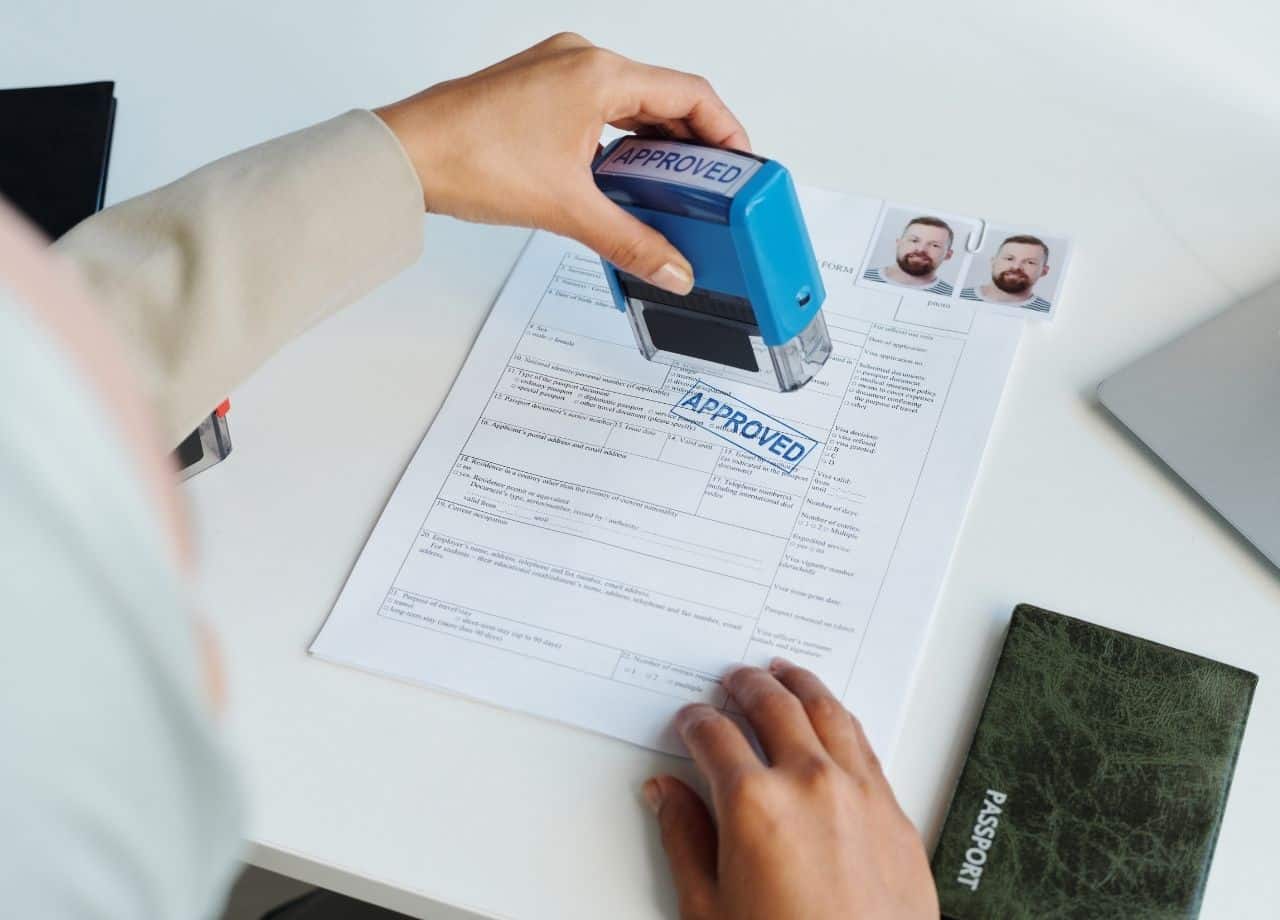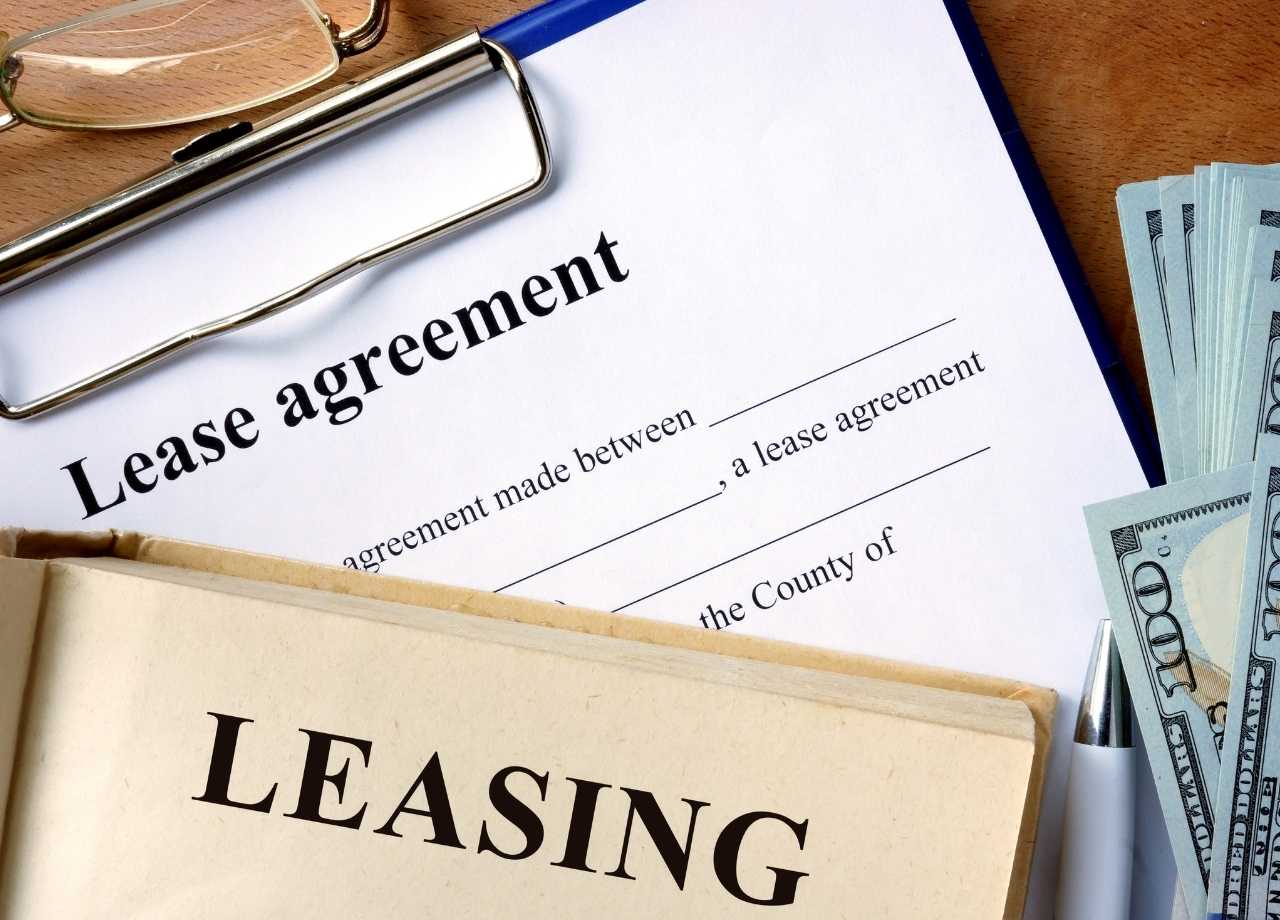Lease verification isn’t the most exciting part of managing properties, but it’s one of those things you’ll always be glad you did—especially when you’ve got a lot of moving pieces and need to make fast, smart decisions. Think of it like checking the expiration date before pouring milk into your coffee.
Most of the time, things check out just fine. But when they don’t, you’ll really wish you had looked first.
Lease Verification Is All About Reducing Risk
At its core, lease verification is about risk management. Not just for you as the property manager, but for your owner’s investment, your other residents, and the long-term health of the community you’re running. It’s a simple step in your screening process that confirms whether a rental applicant actually lived where they say they lived—and what kind of resident they were while they were there.
We’re not just checking addresses. We’re trying to find out if the applicant paid rent on time, followed community rules, respected the property, and moved out without leaving behind a mess (or an unpaid balance). These aren’t small details. These are the kinds of things that can cost you time, money, and sometimes even your reputation with owners or residents.

Smarter Pest Control, Fewer Headaches.
Lease Verification Is a Must, Not a Maybe
You don’t skip lease verification just because an applicant seems nice or gave a great first impression. Some of the toughest situations come from people who seemed completely fine on day one. Lease verification is the step that helps you go beyond impressions and into facts.
We’ve all had that one applicant who looks great on paper, says all the right things, and then turns out to have skipped out on their last lease halfway through. If you’d made one phone call, you’d have known. That’s why this step is non-negotiable.
And it’s not just about past problems. Lease verification can also reassure you when everything checks out. It gives you confidence that the person you’re approving has a solid history. That peace of mind? Totally worth the extra effort.
Lease Verification Isn’t Just for New Applicants
While most people think of lease verification as part of screening new applicants, it’s also useful in a few other scenarios. Maybe a current resident is requesting to sublease their apartment. Maybe someone’s applying for a transfer from another unit. Or maybe you’ve got a short-term renewal on the table, and you’re not quite sure if it’s worth offering a full year.
In these edge cases, lease verification can give you helpful context. You’ll know how the person behaved at their last place, even if that last place was just down the hall. And if they’re brand new to renting? You’ll at least know where to dig deeper.
Here’s How the Process Actually Works
Let’s say you’ve got an application in front of you. The person listed two previous addresses. You start by checking the dates—does it all make sense? Are there any weird gaps or overlaps?
Then, assuming they’ve given you permission to contact previous landlords (and they always should), you reach out. A phone call usually works best, because you can ask follow-up questions and get a feel for the landlord’s tone. But if they prefer email, that’s fine too—just keep everything documented.
When you connect, you’re asking more than “Did this person live here?” You want to know if rent was paid on time. Were there any complaints? Did they leave the apartment in good shape? Would the landlord rent to them again? That last one is usually the most telling. If there’s hesitation, trust your gut and keep asking questions.
The answers you get here can be surprisingly clear—or sometimes, surprisingly vague. Not every landlord wants to give details, and in some cases, they legally can’t. But even the way someone answers can give you clues. A quick “They were fine” is very different from a thoughtful “Always paid on time, quiet, left the place spotless.”
When Rental History Is Thin or Nonexistent
Sometimes you’ll get an application where there’s not much to verify. Maybe they lived with family, just graduated college, or relocated from overseas. In that case, you’re not out of luck—you just shift gears a bit.
If there’s no rental history, lean on employment verification, credit reports, and personal references. These pieces won’t tell you everything, but they help paint a picture. And if there’s still a question mark? That’s where things like co-signers or higher deposits might come into play.
It’s not about punishing someone for being new to renting. It’s about finding other ways to feel secure in your decision. Because once that lease is signed, you’re both locked in—and that’s not a spot you want to walk into blind.
Spotting Red Flags Before They Cost You
Most lease verifications go smoothly, but when you hit a red flag, it matters. We’ve seen cases where the listed landlord turned out to be a friend pretending to play the role. Or someone who listed an address they never actually lived at. It’s rare, but it happens.
Even when you’re dealing with real landlords, you want to listen for signs of bigger issues. Were they late on rent every month? Did they have complaints from neighbors? Was the unit damaged when they moved out? These aren’t dealbreakers in every situation, but they are indicators that deserve extra attention.
Sometimes, a verification will uncover something you can’t overlook. And as tough as it is to deny someone, it’s better to do it now than to bring on a problem resident you’ll be dealing with for the next 12 months (or longer).
Making Lease Verification Part of Your Normal Workflow
Once you’ve got a system for lease verification, it stops feeling like an extra task. It just becomes part of how you screen. You gather rental history, you verify it, and you move forward confidently.
The easiest way to keep it smooth is to have standard forms. Use the same questions every time, keep a digital record of the responses, and train your leasing team to know what to look for and when to raise a flag.
If you’re using property management software, even better—many platforms will let you store and track these records, which is great for consistency and compliance. Plus, if a resident ever disputes a denial, you’ve got clear documentation of why that decision was made.
Trust But Verify—Every Time
The best way to think about lease verification? It’s your safety net. It catches the issues you might not spot otherwise, and it gives you that added confidence when everything lines up.
And in a business where trust is key—between you, your residents, and the property owner—having facts to back your decisions is what keeps everything running smoothly.
You’re not being difficult by asking for this information. You’re being responsible. Lease verification doesn’t mean you expect the worst. It just means you’re prepared, and that’s what separates good property managers from great ones.






